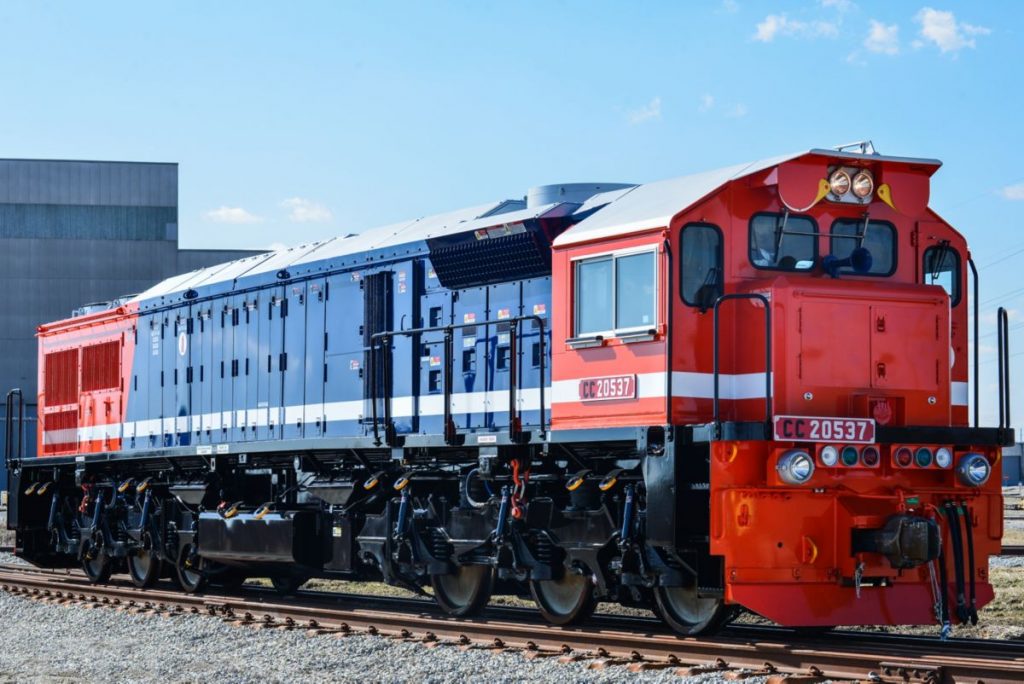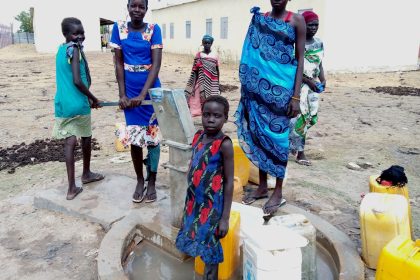Uganda Railways buys four new locomotives

Uganda Railways URC, is buying four new locomotives from General Motors-EMD (Electro-Mechanical Division) as it moves to revamp its century old metre-gauge network. The 3000 Horsepower engines are expected in the country during the first of this year.
The procurement is part of a one-billion dollar rehabilitation programme across the 1100km-long railway network. The programme will be implemented over the course of the next five years intandem with resource flows.
Sections of the network especially along the old Busoga line and the 333km Kampala-Kasese sector were vandalised after a pause in operations there more than 20 years ago. Additional rolling stock including passenger and cargo wagons will also be procured.
Stanley Ssendegeya, the managing director at URC says the four new engines would support operations along the existing Kampala-Naivasha sector as work commences to restore the rest of the network. Focus will be on improving safety, speed and weight tolerances of the network.
Among works envisaged is the replacement of rails and ballasting of the Tororo-Gulu-Pakwach line. Built shortly after Uganda attained independence in 1962, the tracks along the 500km-long line are largely in place. The line was however build without ballast, which imposed speed and weight limitations. The European U ion has lent Uganda USD57.3 million for the works along this sector.
Another tranche of USD 402 million will be spent on strengthening the Kampala-Malaba sector through line replacement, adjustments to the line’s geometry along curves and construction of a new bridge at Naigombwa across the Mpologoma river. Unlike the existing narrow bridge which interchangeably serves both road and rail traffic, the new bridge will separate traffic.
Both Kenya and Uganda are reinvesting in the metre-gauge because it will be needed to move parts and equipment during the extension of the Standard Gauge Railway SGR, westward to Kampala. In Uganda sections such as the Busoga loop-line will reconnect the eastern agricultural belt to markets.

 African Heads of state head to South Korea next week for Summit talks
African Heads of state head to South Korea next week for Summit talks
 Trading leads as main source of income for Ugandans
Trading leads as main source of income for Ugandans
 Unpacking results-based financing: balancing strengths with weaknesses
Unpacking results-based financing: balancing strengths with weaknesses
 Women social entrepreneurs offered chance to visit New York
Women social entrepreneurs offered chance to visit New York
 Why and how economics must change
Why and how economics must change
 Stanbic Bank Uganda Chief Executive elevated to regional role in Nairobi
Stanbic Bank Uganda Chief Executive elevated to regional role in Nairobi
